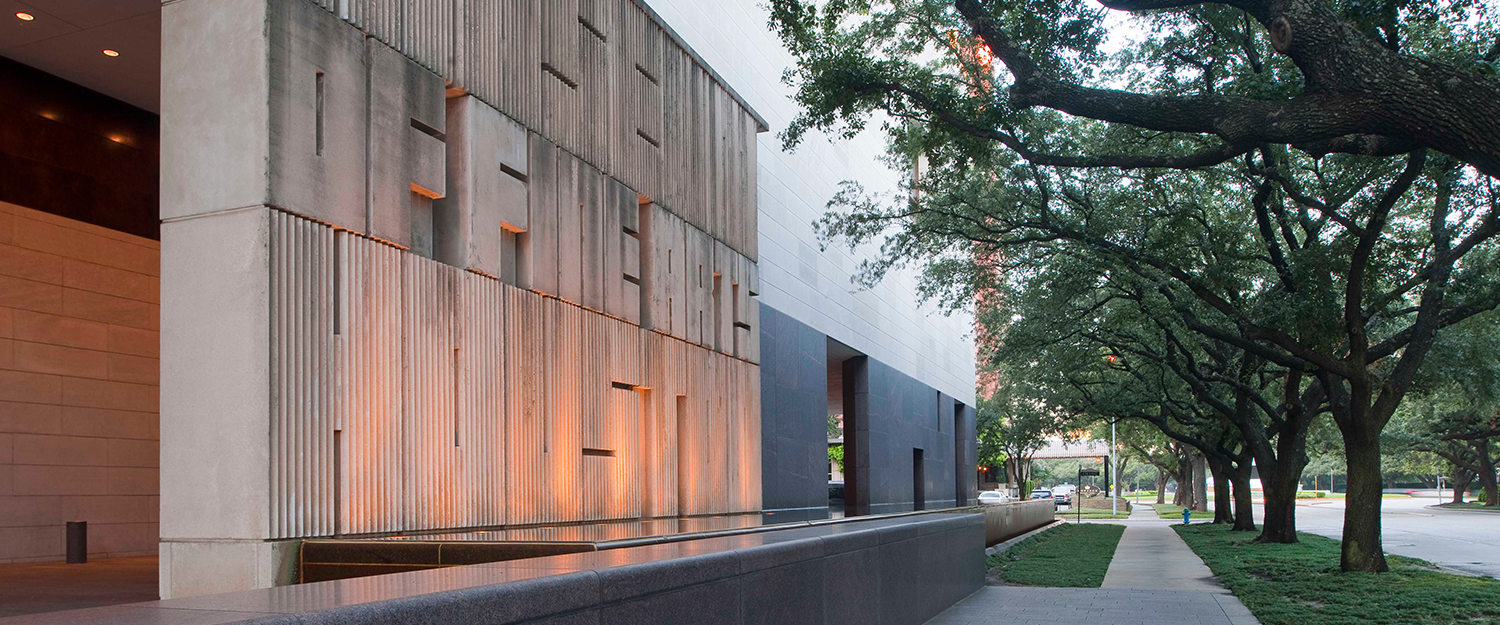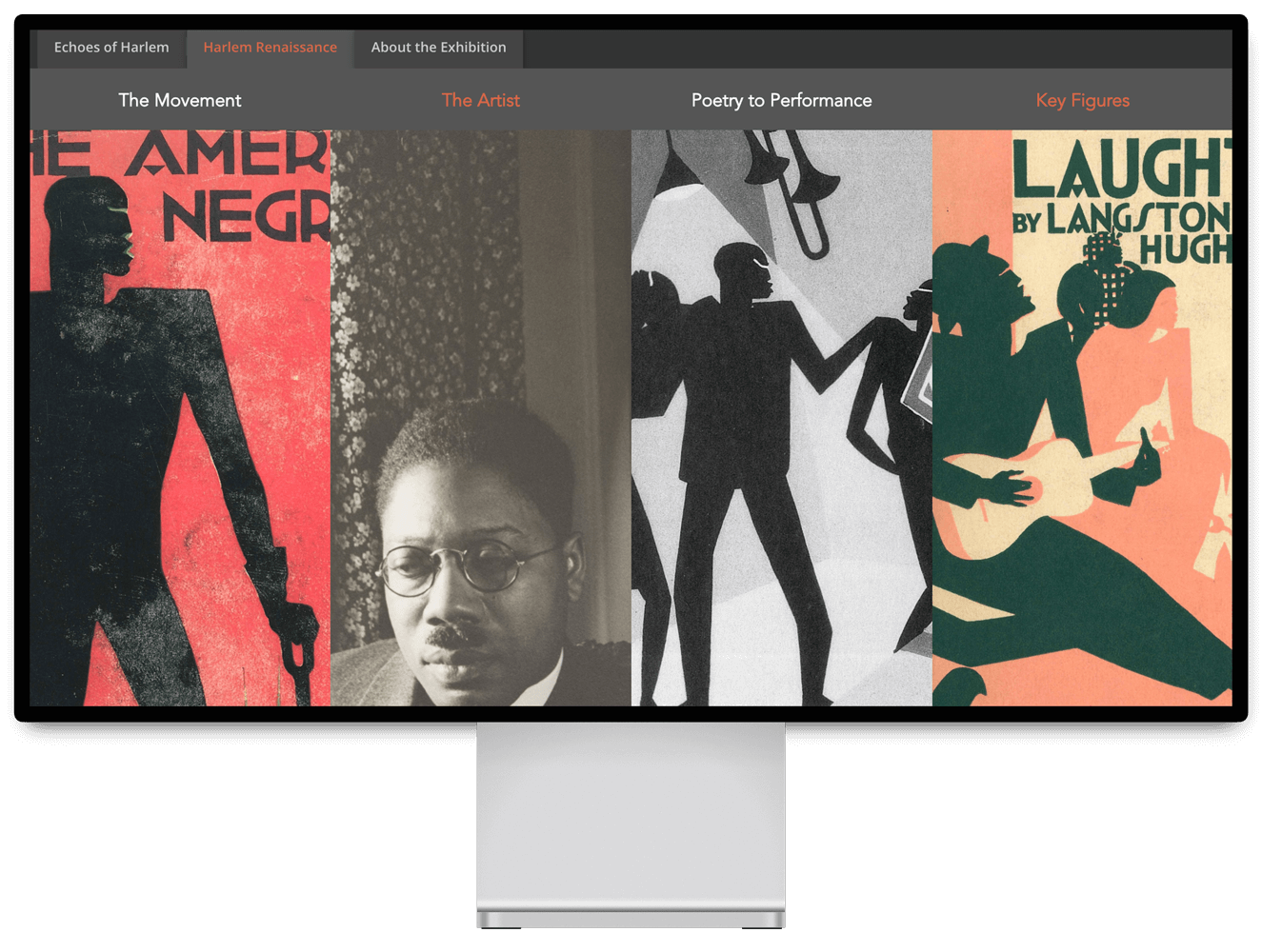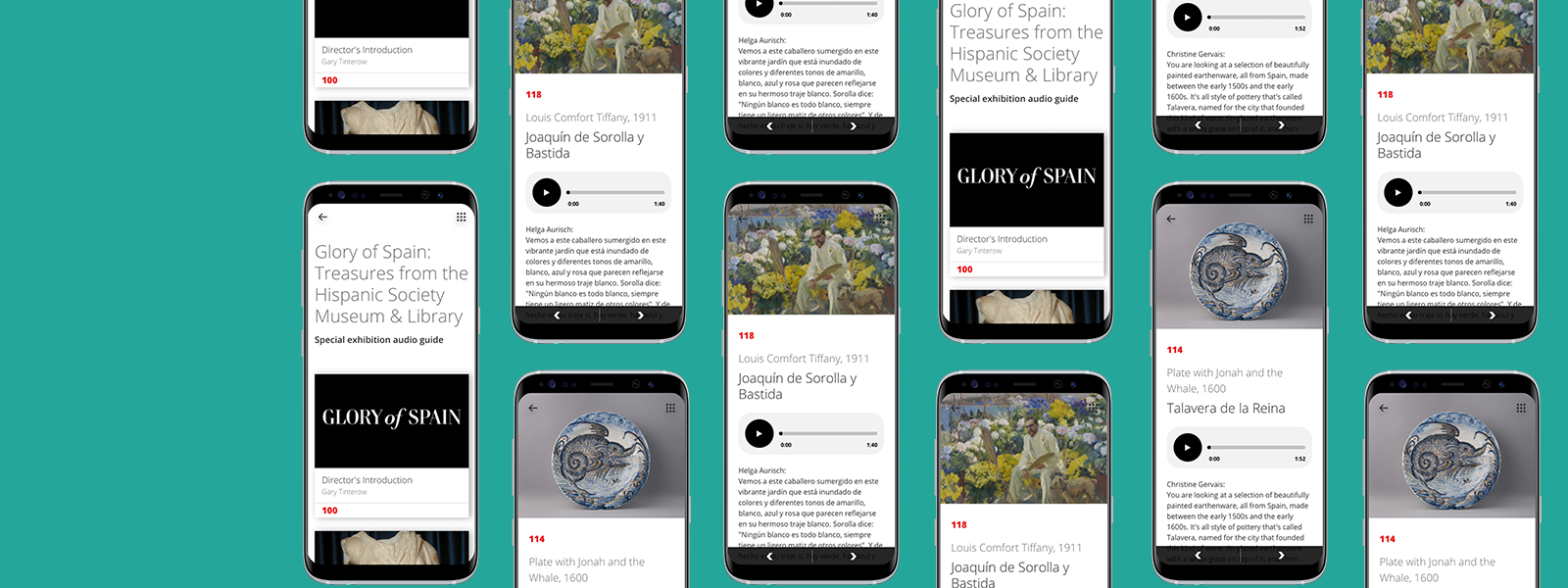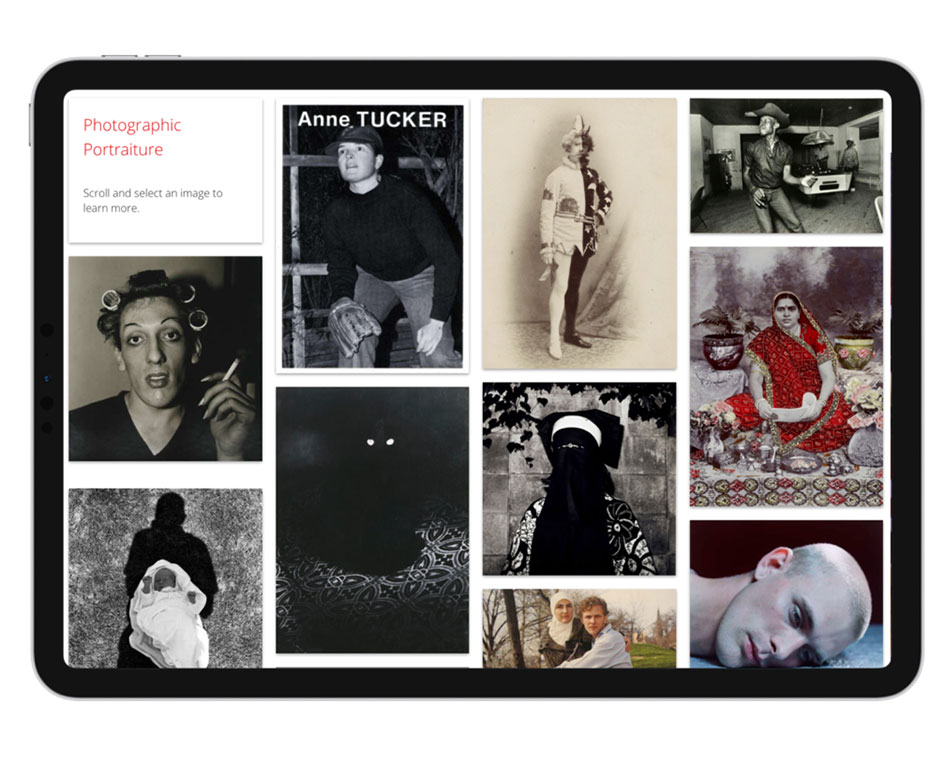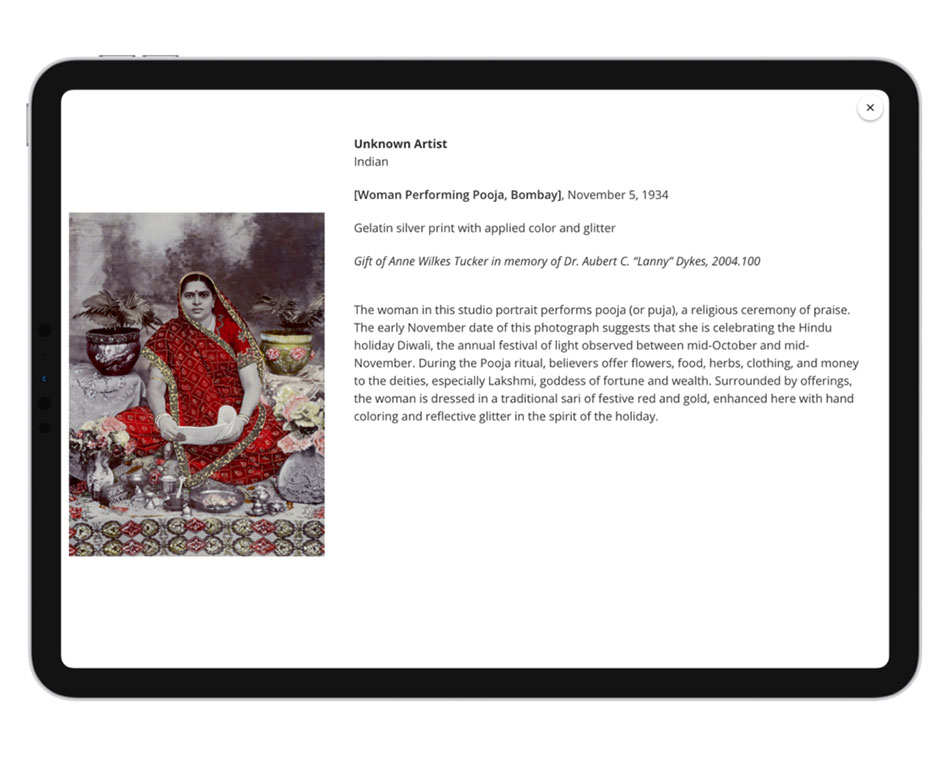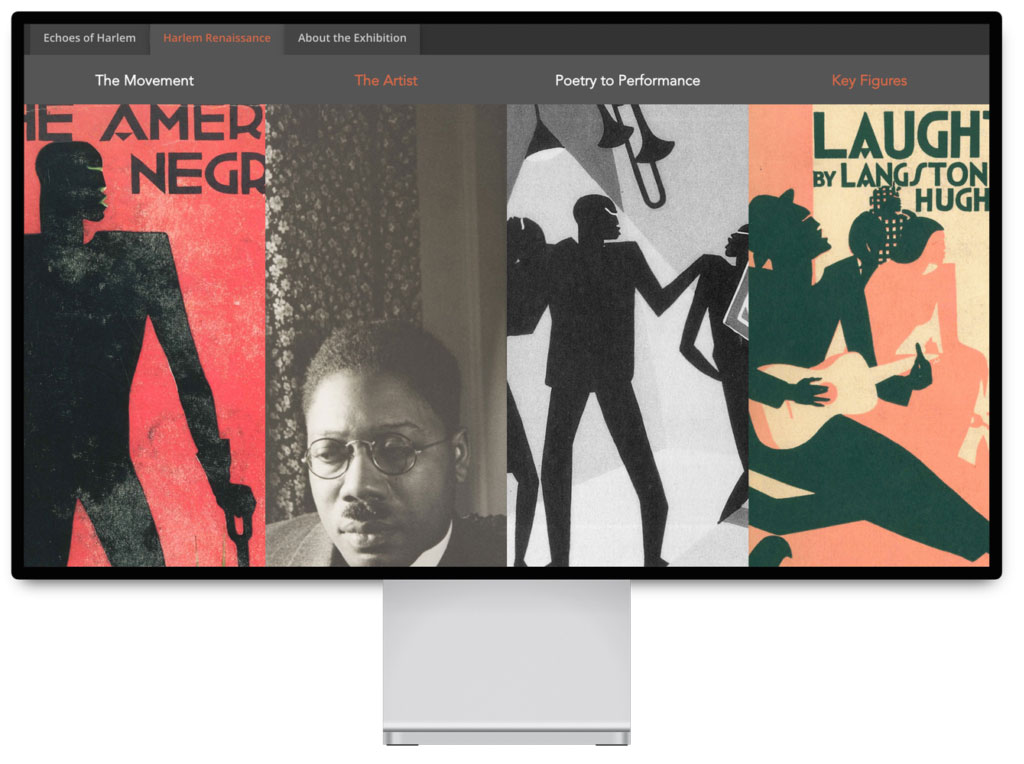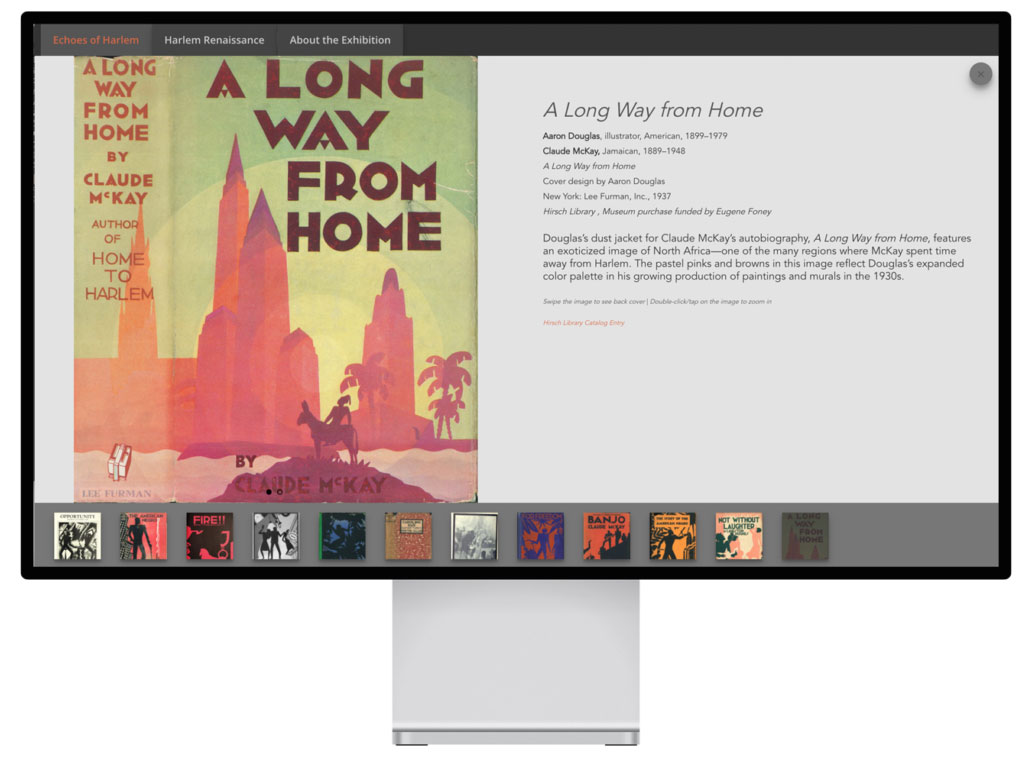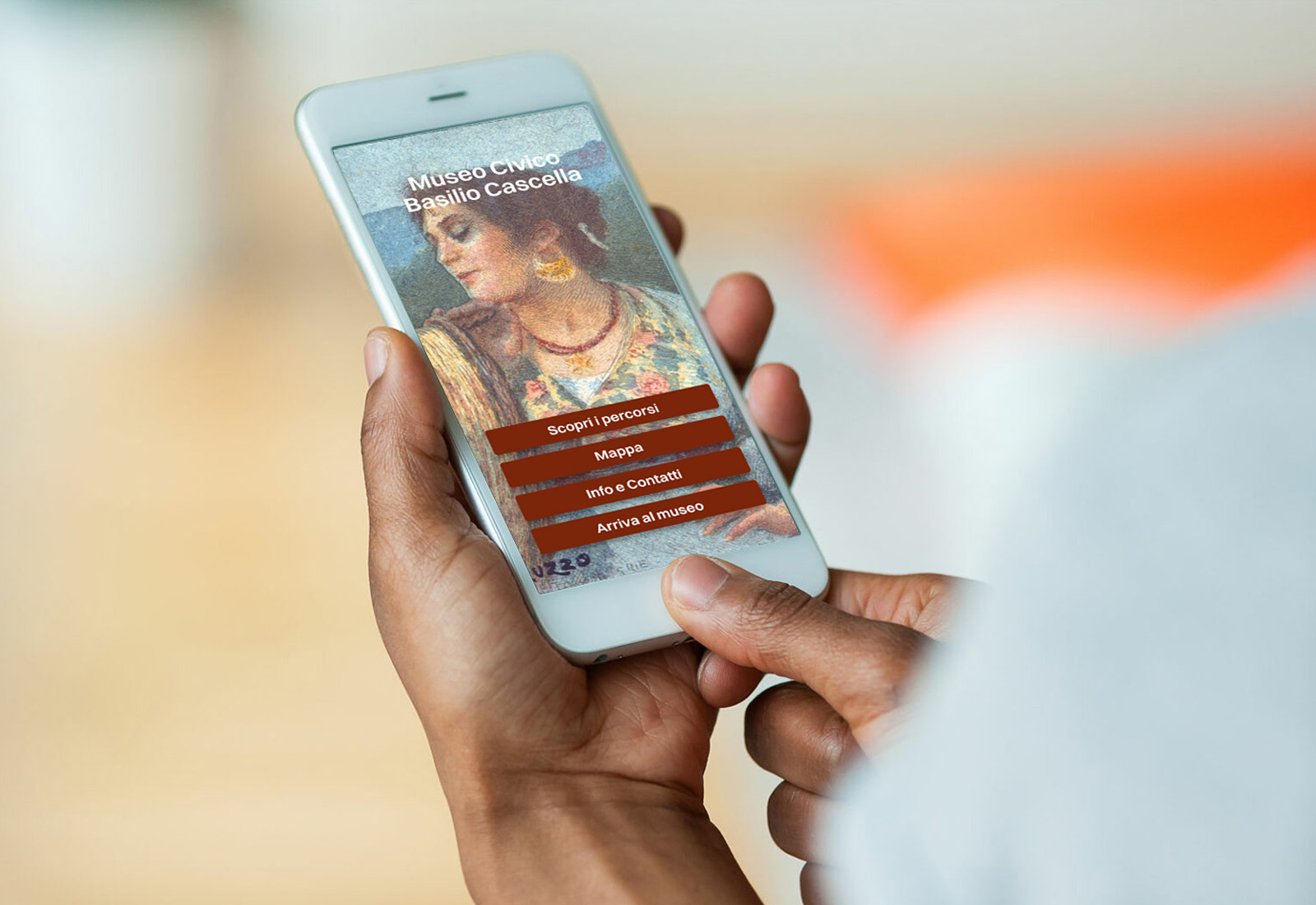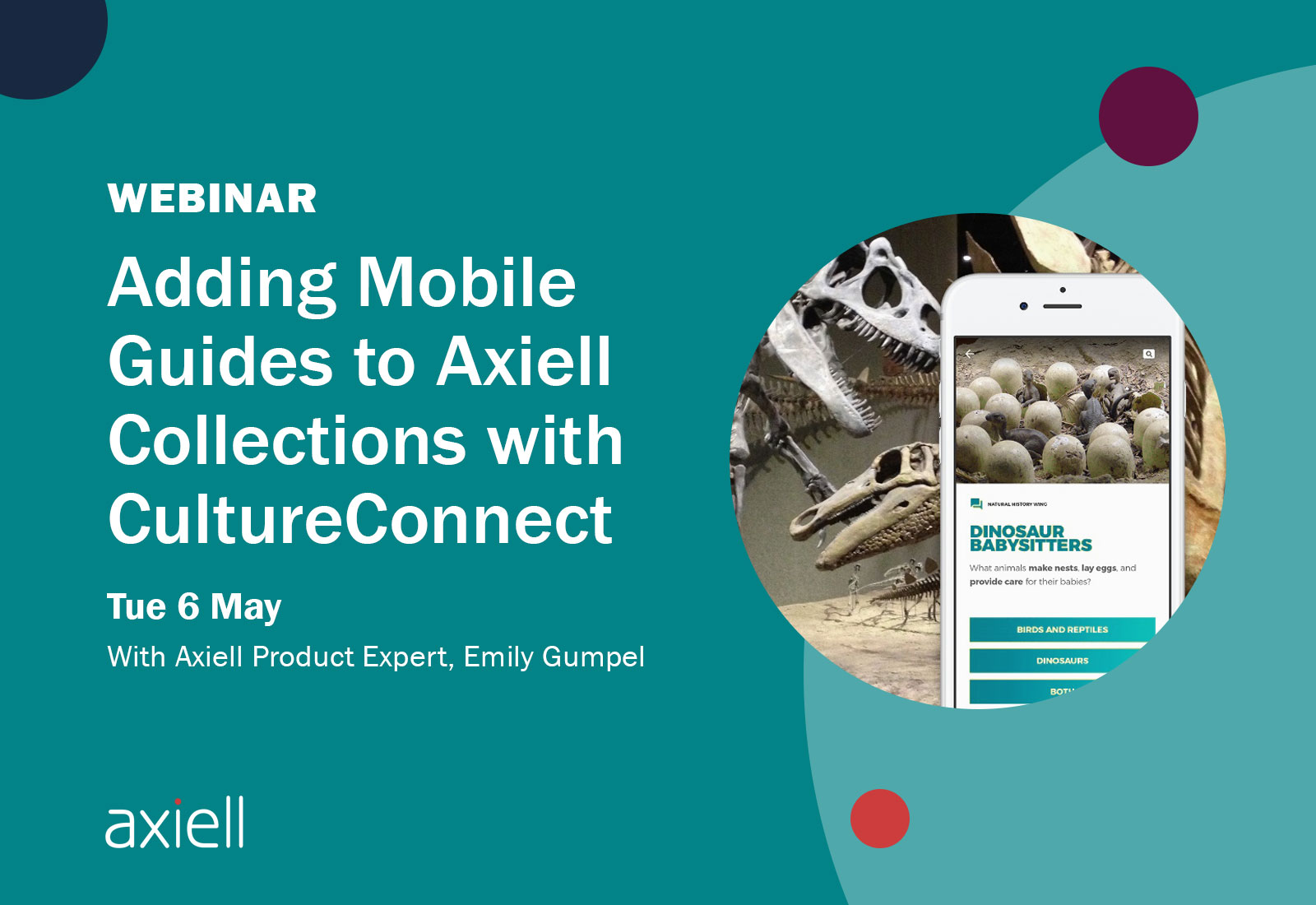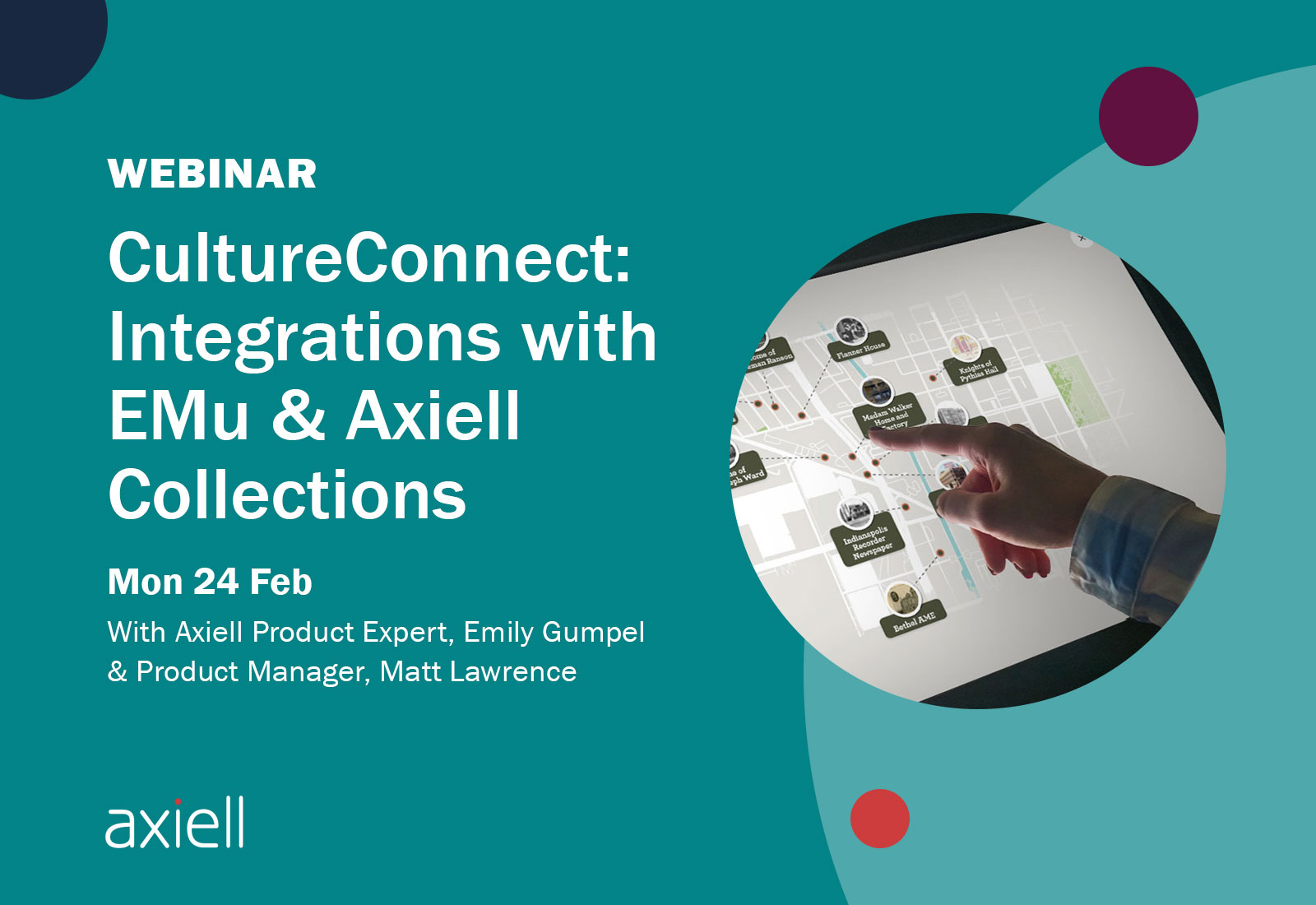![]()
CASE STUDY:
Museum of Fine Arts, Houston
ENTERPRISE LICENSE | ONLINE EXHIBITS | COVID RESPONSE
NEW REPORT: Top Trends in Culture Technology
NEW REPORT: Top Trends in Culture Technology
![]()
ENTERPRISE LICENSE | ONLINE EXHIBITS | COVID RESPONSE
In April 2019, the Museum of Fine Arts, Houston (MFAH) launched their first digital project, an in-gallery kiosk experience focused on “close looking” – that is, helping visitors to discover details within the painting, The Stigmatization of Saint Francis by Orazio Gentileschi. Following this initial project, the MFAH converted to the Enterprise License and expanded their digital program to include a mobile guide, which offered visitors audio guides through special exhibitions, and began development of a number of in-gallery interactives for their new modern and contemporary art wing.
In 2020 as a result of COVID-19, the MFAH interpretation team began to focus their efforts toward online engagement. The team pivoted quickly by launching online exhibits and expanded access to the CultureConnect system to nearly a half-dozen departments within the museum, including the Hirsch Library, for their own rapid response.
In just one year, the MFAH has become a prolific creator of CultureConnect apps and a partner during COVID-19 to help our team better understand the impact on exhibitions, app distribution, and digital interpretation.
The first project featured an in-gallery interactive for the painting The Stigmatization of Saint Francis that was on display in a small exhibition in the galleries of the Sarah Campbell Blaffer Foundation. The app was intended to help viewers look more closely at the selection of paintings focused on Saint Francis and make connections between the subjects, the artistic styles, and the painting’s visual language.Together, we launched this project in less than 2 months, from kick-off through installation (including user testing!). The public launch was a success with tens of thousands of visitors engaging with the app in the museum gallery.
The second project was an audio guide experience to be presented in English and Spanish. The initial plan was to launch a audio guide in the Museum’s permanent collection to help the museum team experiment with methods for app distribution, way-finding, and other visitor behaviors. In parallel, the museum would maintain their loaned audio guide hardware for paid special exhibitions.
Moving away from loaned devices to help ensure safe onsite experiences for visitors expanded the content scope in the mobile guide to include special exhibitions. Visitors are now able to enter temporary exhibitions spaces, scan QR codes, and instantly launch audio content on their personal devices. This has allowed visitors to more easily gain access to the content they want while also allowing the museum to easily add new content into existing galleries by simply adding QR codes to existing labels..
Upcoming additions to the Mobile Guide include audio explorations of the Museum’s new building of modern and contemporary art, opening November 2020, and a campus-wide tour of the permanent collection set to launch in 2021.
With the pandemic onset, priorities quickly shifted away from the permanent collection to temporary exhibitions.
No longer wanting to distribute shared hardware, the interpretation team quickly removed loaned audio guide devices and focused on launching temporary exhibition content on their CultureConnect mobile guide app.
Alongside the opening of a new museum wing, the MFAH’sinterpretation team had been focused on launching a new series of in-gallery touchscreen displays. The kiosk plan was to be deployed across 3 use cases:
As new museum departments from the MFAH join the platform, the CultureConnect power-users on the interpretation team support colleagues through instruction and create ready-to-use app frameworks to help launch projects quickly.
When the pandemic hit, the museum had to respond quickly to continue serving the public but also had to reevaluate their existing apps and plans for upcoming experiences in the new wing. To accommodate existing in-gallery experiences, the decision was made to include QR codes next to the touchscreens. This alerted visitors to the presence of a digital component and by making a QR code available, all visitors could open the app on their personal device.
With content on their own phone, visitors could now browse freely without rushing to make room for waiting guests. This also permits visitors to stand a safe distance from each other and more broadly, explore the content where they’re most comfortable. Having these options in place provided perfect testing grounds for their new building opening which is scheduled for November 21, 2020.
Solving access issues for onsite experiences was not the only interpretive obstacle the museum team had to overcome. The interpretation team needed to activate their staff to develop content and build online experiences quickly. In-person exhibitions and programs needed to be re-imagined for an online experience:
To optimize the build of each application, the museum team created a design standard for these rapidly launching online experiences. The museum team prototyped different layouts with a diversity of content to see which templates served them best across a variety of use cases and user devices. The masonry layout system for Advanced Interactive was the winner – it excelled at sharing a huge variety of collection items and pieces of media while also looking beautiful on desktops, laptops, mobile phones, and more.
The MFAH is one of the most active Enterprise License clients and they were a valuable partner during the pandemic, with their feedback providing real-time ideas for evolving the online exhibition tools. Each new feature, new tool, or new CMS update further empowered the MFAH museum team to build content experiences for their audience.
Features launched for all customers that the MFAHinfluenced include:
The Museum of Fine Arts, Houston is looking toward the future. In addition to expanding their mobile guide audio content and continuing the launch of in-gallery interactives for the new museum wing, many more projects are on the horizon.
As new museum departments and divisions from the MFAH join the platform, the interpretation team act as the internal CultureConnect knowledge base. As power users on the platform, they are able to empower colleagues through instruction and create ready-to-use app frameworks and solutions for others who need to launch projects quickly.
With 2021 approaching, the museum team is now focused on solutions for the future of learning, collection stories, and connecting with diverse audiences through digital experiences.

Learn more about how we’ve delivered results for our clients, or contact us to schedule a demo!
Axiell, the world’s leading provider of software and services for the cultural sector, has signed...
Read moreFrom interactive maps and audio tours, to fun quizzes and games, learn how Axiell’s Mobile...
Read moreLearn how Axiell customers are deploying digital storytelling, improving workflows, and enhancing accessibility with CultureConnect...
Read more